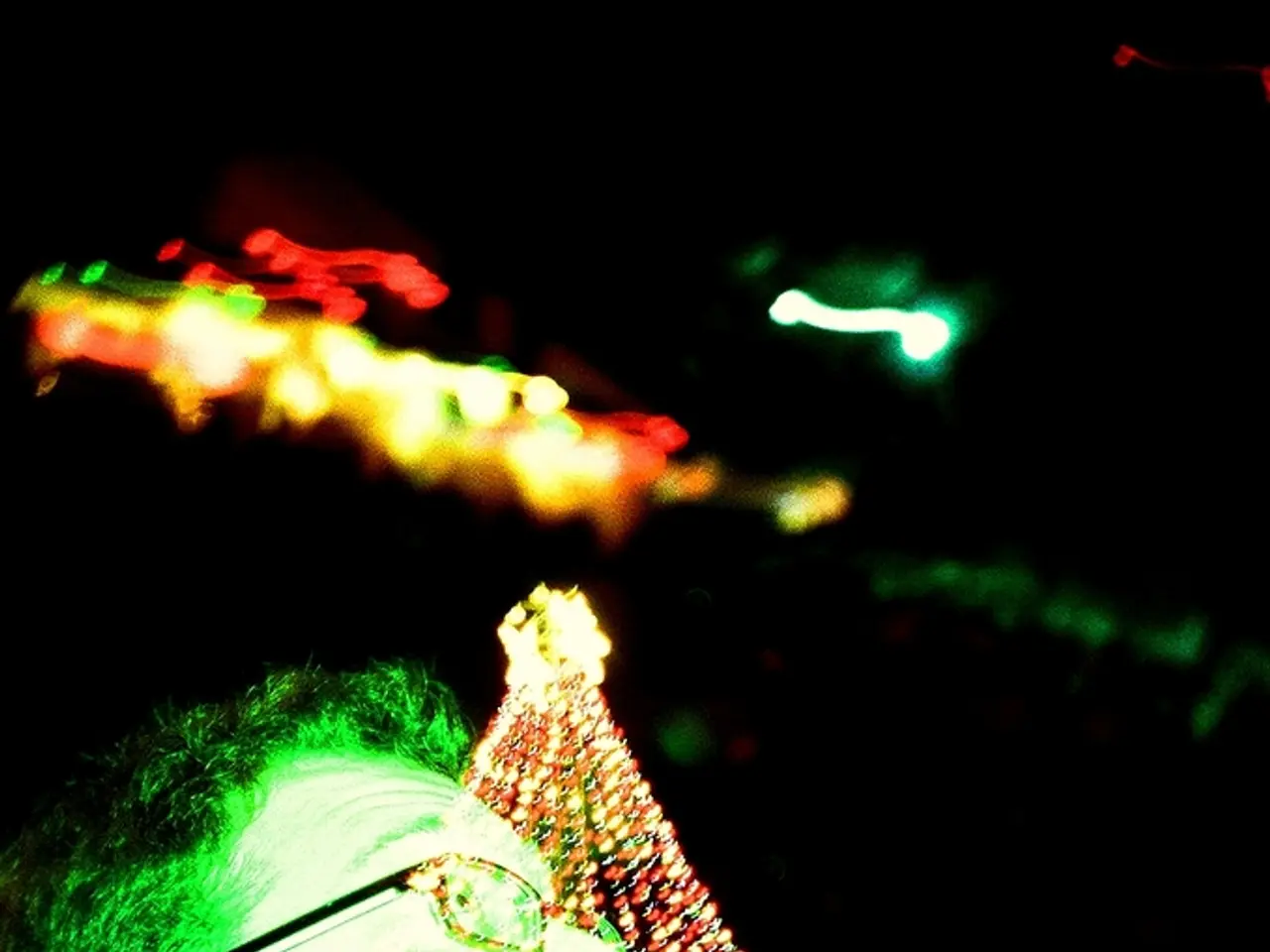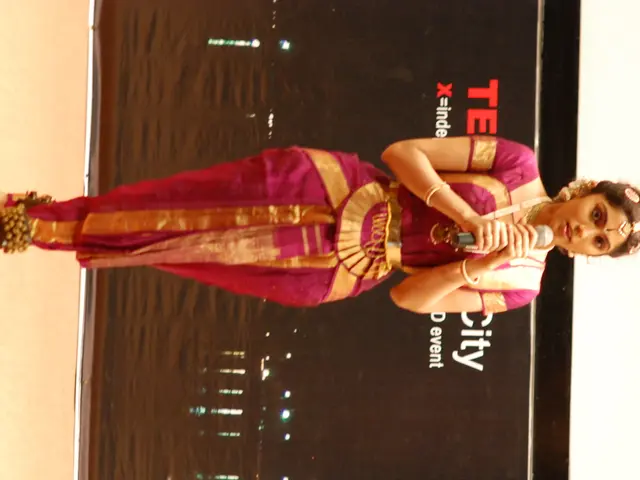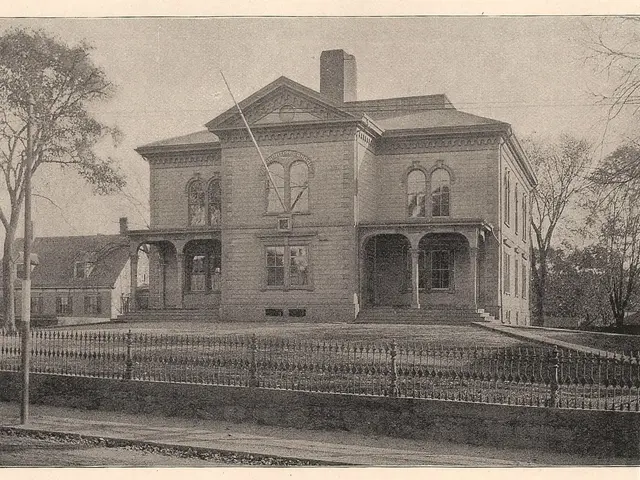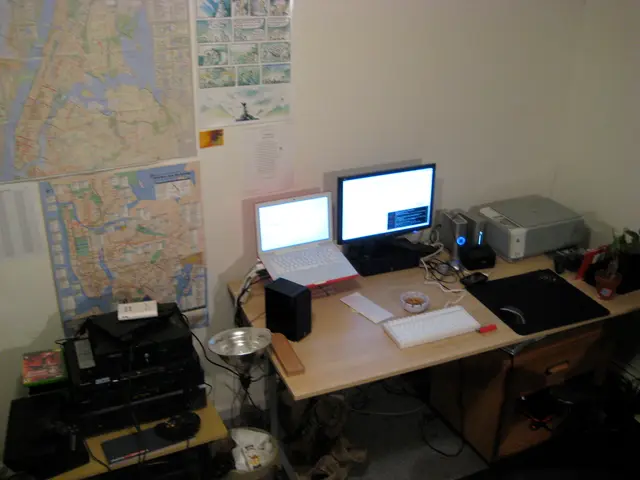Inquiry Regarding Light Intensity of Your Studio Space
In the world of studio production, understanding the intricacies of camera settings is key to creating stunning visuals. One such element that plays a significant role is the f-stop, which regulates the light entering the camera and affects the depth of field.
The f-stop is an incremental measure that determines the size of the iris aperture, and in turn, influences the focus. A smaller iris opening, or higher f-stop number, results in a greater depth of field, ensuring that more elements in the frame remain sharp. On the other hand, a lower f-stop number corresponds to a shallower depth of field, where the focus is more limited, often used to emphasise the subject.
Cameras, unlike humans with binocular vision, rely on depth of field as a visual cue for dimension. For instance, in newscasts or interviews, the visual emphasis is on the talent, achieved by choosing an f-stop that provides the desired depth of field and the right amount of light for a good exposure.
Lighting is another crucial factor that affects the camera image, particularly the aperture. The goal is to find the "Goldilocks" level that's "Not too bright. Not too dark. Just right!" for the project. In the 1970s, cameras needed 300 foot-candles (fc) for decent pictures, but today, studio levels are a comfortable 45-65 fc.
To determine the light intensity needed for cameras, frame a shot of the chip chart from approximately 8 feet away and adjust the chip-chart light brightness until the chips fall into their proper levels on a waveform monitor. If the light intensity reading is lower than 45 fc, modifications may be needed to boost the number higher, especially for sets with video displays that perform poorly at very low brightness levels.
The recommended method to determine the proper illumination level for a studio is described by Microsoft in their guidelines for lighting in video production. They suggest using three lights—key light, fill light, and back light—to achieve good depth and professional quality.
However, the choice of the f-stop and light intensity should be based on a studio's particular needs, not randomly picked. For example, Ansel Adams, renowned for his iconic images of the American West, used f/64, a level of infinite depth of field not desired for studio shows. On the other hand, a personal choice for the "Goldilocks" f-stop is between f/2.8 and f/4, providing an adequate depth of field and just the right amount of background softening.
In television, the depth of field is used to direct the viewer's eye to what's important on the screen. By carefully choosing the f-stop and light intensity, we can craft an image effectively, ensuring that our visual storytelling is as impactful as possible.
Read also:
- Peptide YY (PYY): Exploring its Role in Appetite Suppression, Intestinal Health, and Cognitive Links
- Toddler Health: Rotavirus Signs, Origins, and Potential Complications
- Digestive issues and heart discomfort: Root causes and associated health conditions
- House Infernos: Deadly Hazards Surpassing the Flames








